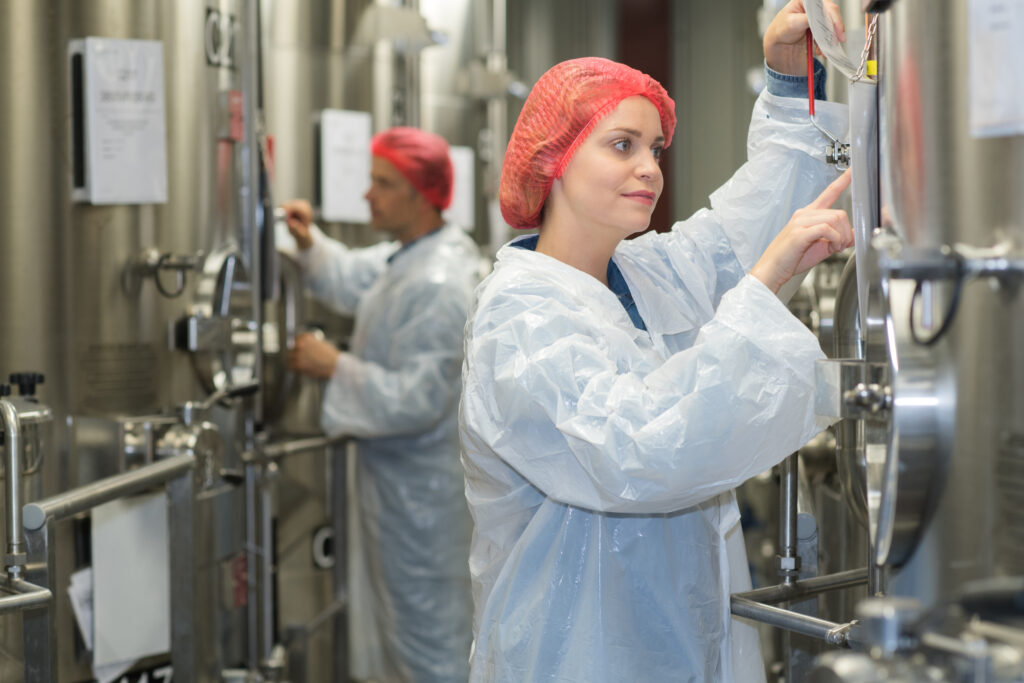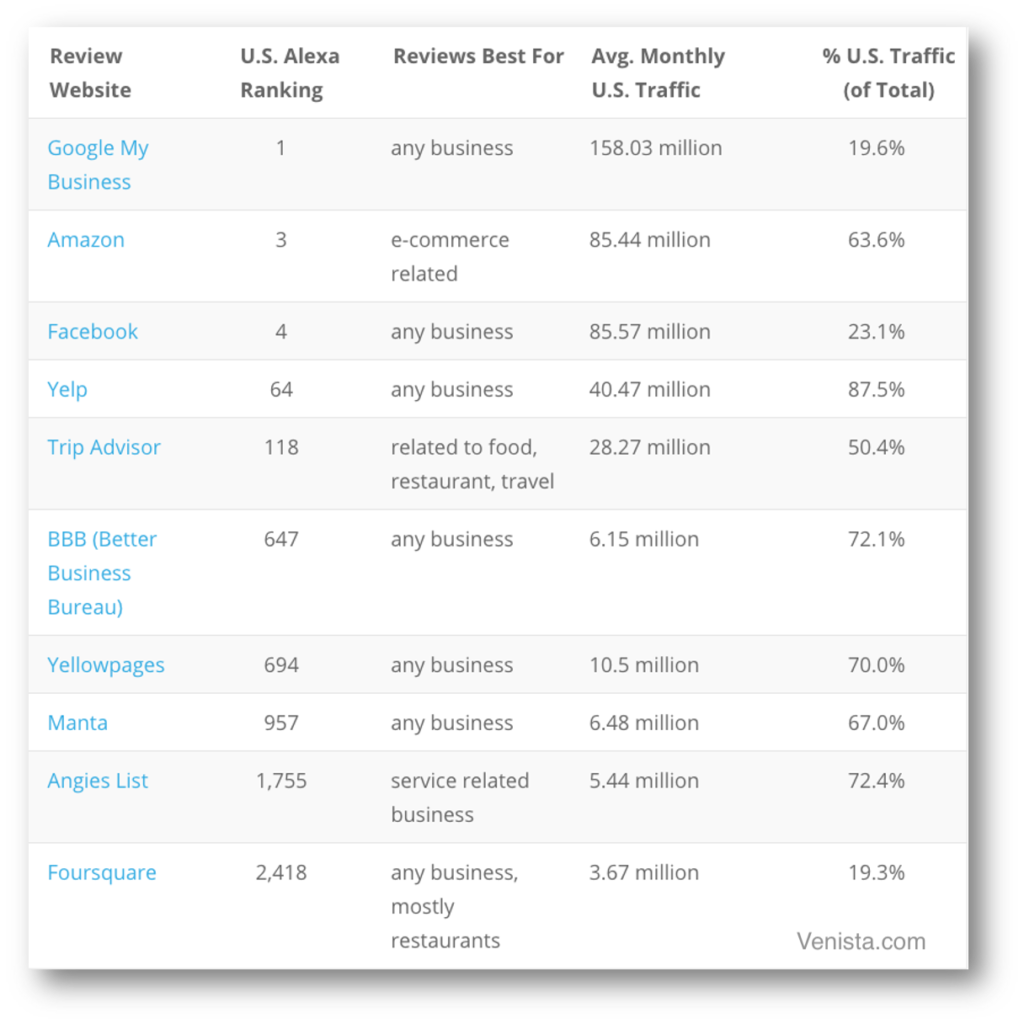
By: Nan McCreary
Every now and then, when traveling the wine trail, one comes across a true hidden gem, one of those wineries that have it all: beautiful wine country views, award-winning wines and warm hospitality that beckon the visitor to return again and again.
One such destination is Dutcher Crossing, a charming winery that sits in the picturesque hills of Dry Creek Valley at the crossing of two creeks, Dry Creek and Dutcher Creek, in Sonoma County. Sitting in their classic 1900s style farmhouse tasting room, one feels transported to another world, where fellow wine lovers—and dog lovers—gather to enjoy the views, the wines and the camaraderie, not to mention the attention of the staff’s dogs who “officially” greet visitors.
This little piece of wine heaven belongs to Debra Mathy, who purchased the property in 2007. At the time, the operation included 35 acres and made five wines. Today, under Mathy’s leadership and creative vision, Dutcher Crossing offers 30 wines from various premier vineyards in Sonoma, Napa and Mendocino counties and owns 75 acres of estate-designated vineyards. Production averages 12,000 cases per year.
Mathy’s story is as revealing of her character as her winery. Growing up in Wisconsin, she knew she did not want to follow in her family’s footsteps in the construction and timber industries. Instead, she sealed her destiny with a high school trip to France. “To be honest, the only reason I studied French was so I could go to France,” Mathy told The Grapevine Magazine. “While I was there, I fell in love with wine. Until then, I knew nothing about it. I’d never seen vineyards, and I’d never seen people drinking wines. It had never occurred to me that people could make a living in that field. It was an ‘a-ha’ moment. I came home, and I told my dad I wanted to get into the wine industry.”
She put that dream on hold while pursuing an education, but years later, when her dad was facing stage IV cancer, he encouraged her to revisit her goals. “He said, ‘life’s too short,’ and if I still wanted to open a winery, we could do it together in the time he had left.”
So, the journey began and, with the help of consultants, Mathy discovered Dutcher Crossing. The winery wasn’t for sale, but she recognized it as a perfect fit. “I liked the sense of family and the quality of the wines,” she said. “The winery had a nice foundation—it wasn’t showy—and it would give me a good base to build on, wherever I decided to go. The confluence on Dry Creek and Dutcher Creek gave the winery a sense of place too, which was really important to me.”
While the owners had bought the winery with plans to sell eventually, Mathy convinced them that they should sell now and that she was the right person to buy it. “They didn’t want to sell to the corporate world,” she said. “They wanted it to be in great hands and ended up turning it over earlier than planned.”
New to the industry—this kid from Wisconsin who had transplanted herself to California—Mathy faced the challenges of not only being an outsider but of being the first single female winery owner in Sonoma County. “I had to prove that I was serious about this, that it was not just a hobby,” Mathy said. “I got active in the community, developed relationships and learned everything I could from others. I also surrounded myself with great people. I come from a family where we know that it takes a lot to succeed, but if you have good people around you, your chances of success are much better. On the path upward, we win as a team, and we lose as a team. It’s been a nice journey.”
At the beginning of this journey, Mathy retained the winemaker and staff from the previous owner and hired winemaker Nick Briggs to take over the reins eventually. “We wanted to diversify and make great wine, so, in addition to growing our own fruit, we searched for the best grapes we could find to expand our portfolio,” Mathy said. “Fortunately, we were able to find premium winemakers who would give us a shot, but we had to prove ourselves first.”
And prove herself she has. Today, Mathy is recognized as a pillar in the community, offers a stunning array of award-winning wines and has established a loyal wine club, selling out of her wines every year. She said, “Our path has been to create a well-balanced, three-legged stool: making the best wine by staying true to the vineyard, vintage and varietal; preserving a beautiful sense of place in our vineyards and winery; and offering a level of hospitality that allows visitors to feel like they are part of our family. Not everyone has that balance in their business. We’re fortunate that all who work with us buy into this philosophy and take pride in it.”
Under Mathy’s careful guidance—and that of winemaker Briggs—Dutcher Crossing farms premium fruit from four vineyards on 75 acres. Grape varieties include Chardonnay, Semillon, Roussanne, Viognier, Riesling, Grenache, Mourvedre Syrah, Cinsault, Petit Syrah, Zinfandel, Cabernet Sauvignon, Cabernet Franc, Malbec and Muscat. The winery doesn’t use all the grapes for its own production but sells some of its fruit to other wineries. With fires, droughts and other whims of Mother Nature, farming is always a challenge, according to Briggs, who oversees the viticulture program.
“Farming is dynamic—it’s different every year,” he said. “You have to have experience and pay attention to what’s going on, whether that involves taking petiole samples to check for nutrients, watching how the vines are growing or, once there’s fruit, making judgments about the balance of the crop.”
Dutcher Crossing farms sustainably to ensure that the land will stay healthy for years to come. “It’s important to us to preserve the land for the next generations,” Briggs said. “We know that vineyards can be successful for hundreds of years, as long as you apply sustainable principles of integrated pest management, nourishing soils and healthy vines.”
In the winery, Briggs is a big advocate of blending. “We don’t always take the fast and easy approach in fermentation. Rather, we make small batches and see how they come out, then blend them later. Blending is the most artistic part of winemaking. To find the perfect wine, you just keep blending and blending until you end up where you want to be.”
With minimal intervention, Briggs strives to coax as much out of the fruit as he can. His goal is well-balanced wines with aromatics, fruit flavors and acidity that all carry forward to a lasting finish. “We take great pride in producing drinkable wines on release,” he told The Grapevine Magazine. “When we offer tastings, our visitors enjoy all of our wines, not just one or two. That’s quite an accomplishment.”
When not in the winery, the vineyards or greeting customers in the tasting room, Mathy and her staff are active members of the community. Mathy, for example, has been involved with the Boys and Girls Club for a dozen years and has served on boards that help various children’s causes. The winery also donates proceeds to melanoma cancer research in honor of Mathy’s late father. During the recent fires, Mathy’s staff of 20-plus people took it upon themselves to cook for firefighters and help find homes for displaced people.
“When people ask me what the greatest thing is about being a winery owner, I tell them it’s watching my staff grow and mature to become better professionals and better leaders,” she said. This is where the excitement is for me right now.”
Mathy has established a dynamic where all of the staff members consider themselves part of a family. “When the fires break out, we call each other first and say, ‘Hey, I need help,’ and no one says ‘I can’t.’ It’s always ‘Come, we’ll figure it out.’”
Unfortunately, Dutcher Crossing lost 98% of its crop to smoke taint in last year’s fires. “It was awful,”
Mathy said. “But when I look back, I see that the community grew together, and the relationships we had built also grew. And it could have been worse. If the firefighters had not done their job, it would have been catastrophic.”
As Dutcher Crossing looks to the future, the team is considering options for diversifying by creating more wine brands or finding opportunities for grape-growing in Oregon and Washington State. But what’s primarily on everyone’s mind are the unknowns: those that come with fires, smoke damage and climate change. One challenge Mathy and Briggs face, for example, is how to balance cover crops that provide nutrients to the soil but also add fuel to the fires. “We may have to make strategic changes in the vineyards,” she said, “and will face some hard choices in the next five or six years. But primarily, we want to be good stewards of the land so that when we leave, the property will be better than it was when we found it.”
Whatever direction Mathy and her team decide to go, you can be sure that the winery will remain a favorite go-to destination as long as she is in the picture. “It’s a beautiful, old farmhouse, and it’s very quaint in the way it’s oriented,” Mathy said. “When you walk through the breezeway, you see the beautiful hills of Dry Creek Valley. It’s so cozy, so comfortable, that you just leave your worries behind.”
If that view isn’t enough, when the tasting room is open, you can relax by the stone fireplace, constructed of old railroad pieces, and admire the 1892 penny-farthing bicycle that sits nearby. The bicycle is the last Christmas gift Mathy received from her late father. It also features on the Dutcher Crossing wine labels as a tribute to their wine journey together, a journey that made a dream come true for a young girl from Wisconsin.
For more information on Dutcher Crossing, visit www.dutchercrossingwinery.com










